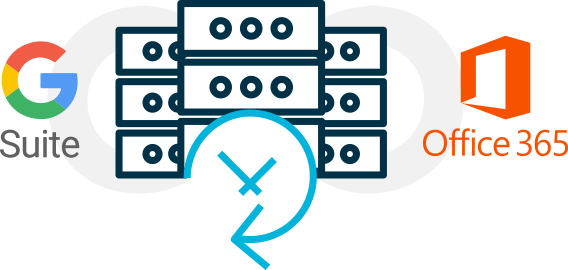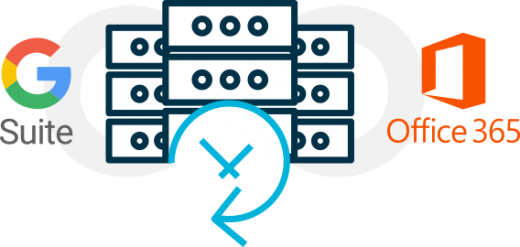Pitching SaaS Backup: 3 Obstacles to Expect
Running a business is like driving a Formula 1 car.
The chassis is the business, hiding under which is the engine made up of various parts like the hardware, SaaS applications and other software that help fuel life into an otherwise lifeless chassis. Control of the car is in the hands of the people (owners and employees) who collectively aspire to win the Grand Prix in business excellence.
”Winning” involves many factors, but the one that separates the good from the best is engine performance. A lag in the engine can ruin your chances of winning just like data loss does for businesses.
Data loss can paralyze your entire business and can have devastating effects on your reputation and revenues. In fact, 94 percent of businesses don’t survive a catastrophic data loss, which just drives home the point about how crippling it can be.
A SaaS backup solution helps businesses avoid such ”engine lags” and their unpleasant consequences, ensuring a smooth drive to the finish line. Yet, business decision-makers persistently question the value of a G Suite or Office 365 backup and seldom allocate a budget to it.

Here are three reasons why decision-makers question the value of a SaaS backup.
Obstacle #1: They Believe that Microsoft or Google is Fully Responsible for Their Data
A staggering 49 percent of organizations live under the false assumption that SaaS applications like G Suite or Office 365 are all they need to protect their data. Yes, Google and Microsoft do have best-in-class security to protect data, but they come with BIG limitations.
When it comes to data protection, Google and Microsoft operate on a shared responsibility model. Under this model, infrastructure threats like hardware and software failures, power outages and natural disasters are taken care of by the SaaS applications. However, data loss caused due to human error, sync errors, ransomware, insider threats — well, that’s your responsibility.
Obstacle #2: They are Tired of Gimmicks
A few players in every industry are guilty of perpetuating marketing gimmicks. The SaaS backup market is no different. There are SaaS backup vendors who use inflated statistics as a means to gain customer trust and weed out the competition.
These tactics may convince customers to adopt these vendors’ products, but eventually, people realize it was all a gimmick and lose trust not just in the vendors, but in SaaS backup as a whole. Of course, not all backup vendors are the same, but arguing the merits of a SaaS backup to someone who’s gone through that experience can be a tough sell.
For instance, Oracle was sued for making exaggerated claims on its cloud products. They showed inflated revenue growth to give the illusion of impressive customer adoption. This was a sales tactic to acquire new customers and gain market share, due to which the victims of this false advertising might lose faith in other vendors as well.
Obstacle #3: IT Managers Aren’t Very Good at Pitching Backup
It can be a real struggle to communicate the value of an Office 365 or a G Suite backup that results in budgetary allocation. The reason? IT managers try to pitch a technology case for a SaaS backup when they should be building a business case.
Explaining why SaaS backup is the flashiest solution in the market won’t cut it. You must provide a rationale behind the potential value a SaaS backup will bring to the business. This is what your pitch should highlight if you want decision-makers to loosen their purse strings.
Value of a SaaS Backup: Don’t just tell. Show!

Why go through long and tedious explanations of the value of a SaaS backup when you can show it?
Spanning presents the Backup ROI Calculator that helps you find the real value of Office 365 or G Suite backup in dollars and cents.
The next time you want to show decision-makers how a SaaS backup solution can improve their business, present them with the Backup ROI Report. The insights contained in this report will open their eyes and ensure you get the budget you need for a robust SaaS backup.
Business & Finance Articles on Business 2 Community
(18)


